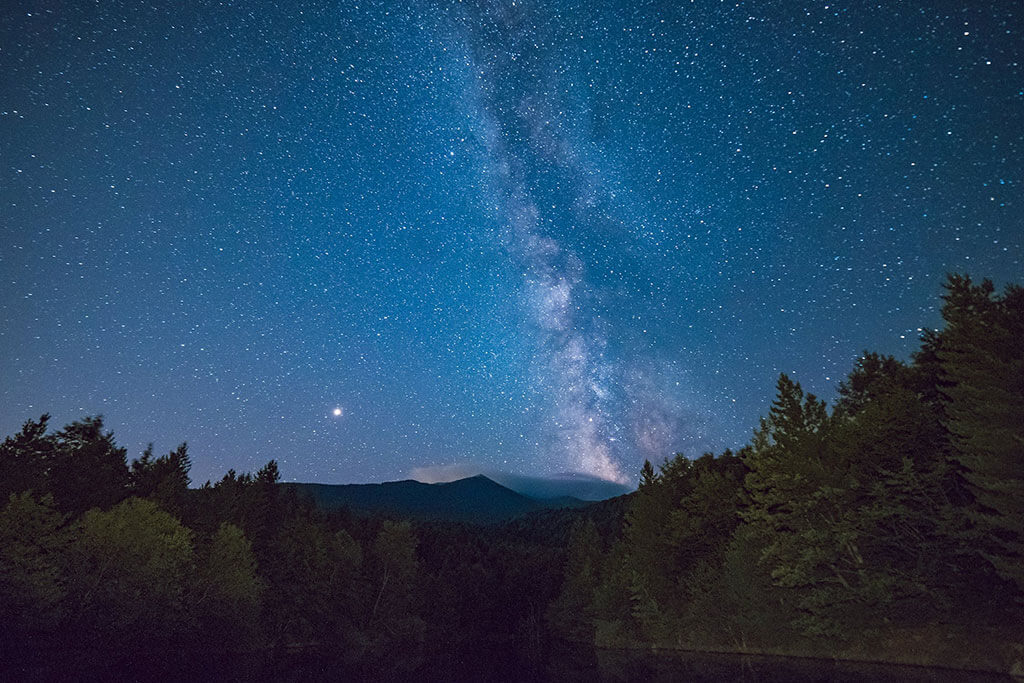
29
January
Barbara Frum Library: Exploring the Universe
The universe is very large and all of it is very far away. Even the edge of the solar system is inexplicably far away. Learn how we have used telescopes and space missions to understand our solar system and universe beyond it. With Jielai Zhang. 3rd floor, Room B.

25
January
Annette Street Library: Could Life Exist on Other Worlds?
Using what we know about life on Earth as a starting point, Lauren Hetherington explains the way we will learn how life could exist elsewhere in the Universe, and how we can look for it.
Presented in collaboration with the Dunlap Institute for Astronomy and Astrophysics.

6
March
Total Solar Eclipse Tour Indonesia 2016
The RASC Toronto Centre and Bestway Tours & Safaris are pleased to announce that reservations are being accepted for the Centre’s expedition to observe the total solar eclipse on 9 March 2016 from Pangkalan Bun on the island of Borneo in Indonesia. This 13-day tour also includes visits to the historic temples of Borobodur and 4 days on Bali.

24
January
RCIScience/RASC Lecture: The Dishes, The Desert, and The Dawn of the Universe
Dr. Bryan Gaensler, Director of the Dunlap Institute for Astronomy & Astrophysics at the UofT, and Canadian Science Director for the Square Kilometre Array.

27
January
Recreational Astronomy Night
Join us for our monthly recreational astronomy night meeting. This is where our members get to show their latest projects, or give tutorials and tips on just about everything to do with Astronomy. Talks start at 7:30, socializing starts at 7:00.

1
February
Dark Sky Star Party (GO for Thursday)
See the milky way and galaxies with the unaided eye. Point your telescope to find the many dim deep space objects that sprinkle the sky. Away from Toronto's light polution, there is so much to see. We observe from the Long Sault Conservation area, an hour outside of Toronto. We meet around dusk once a month in the parking lot for views only seen in dark sky conditions. We hold this event on the first clear night of our week-long window, so the date and time are determined closer to.

6
February
Solar Observing
Join us at the Ontario Science Centre for our monthly Solar Observing on the TELUSCAPE observing pad. This is the area in front of the Science Centre's entrance. We use specialized telescopes that are safe to aim at the Sun. Check our home page on the Friday prior for go/no-go calls as this event is weather dependent.

10
February
Speaker's Night: Hunting for and characterizing other worlds
Dr. Nicolas Crouzet, Dunlap Institute for Astronomy & Astrophysics

15
February
City Star Party (GO for Wednesday)
Hover above the moon like an astronaut and get eye-to-eye with the planets. Find colourful stars, star clusters, bright nebulae and even another galaxy. Our monthly City Star Party is the place to catch universe from within the city limits at Bayview Village Park. If you don't have a telescope then you will find many astronomers who would love to share a view. If you are thinking of buying a telescope, viewing with other people's equipment is the best way to make a good choice. If you have a telescope or binoculars, please bring it!

24
February
Recreational Astronomy Night
* * * Note: this event is a GO for tonight. We considered canceling this event because of the weather but conditions seem ok. Safe travels to all. * * *
Join us for our monthly recreational astronomy night meeting. This is where our members get to show their latest projects, or give tutorials and tips on just about everything to do with Astronomy.
• Chris Vaughan - The sky this month• Ron Macnaughton - How Kepler did it• Ed Treijs - The sky in 13,372 AD and other things to look forward to
